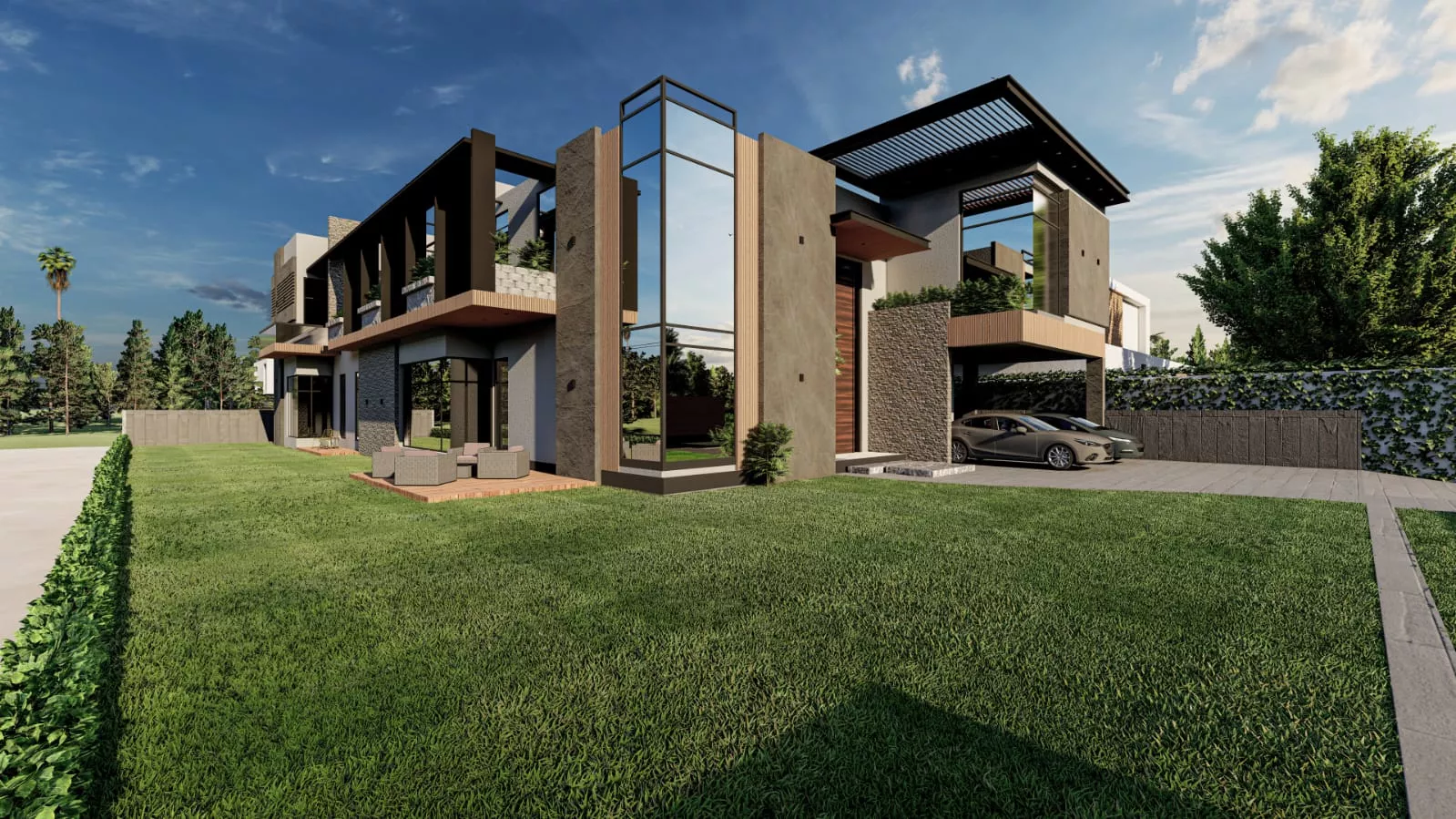Multan is a city in Pakistan that is full of history and culture. It is known for its architectural wonders, boasting a variety of styles ranging from Islamic to Hindu. This article explores the unique intersection of culture and architecture in Multan, looking at how the two have shaped each other over time. By examining the architectural styles, materials, and techniques used in the city, we can gain insight into the culture of Multan and how it has evolved.
The Historical Significance of Architects in Multan
Multan is a city of great historical significance and is home to some of the most influential architects in the world. From the intricate designs of the Walled City to the grandeur of the Multan fort, the city has been an architectural marvel for centuries.
Throughout its rich history, Multan has been renowned for its talented architects, as well as for its magnificent buildings and structures. From the time of the Mughal Empire until today, many of the most iconic buildings have been constructed in Multan. The city has been home to numerous renowned architects, each of whom has added a unique touch to its architecture.
One of the most famous architects hailing from Multan is Ustad Ahmad Lahori. His works include the famous Taj Mahal, which is recognized as one of the most iconic monuments in the world. Another famous architect from Multan is Ustad Isa Khan, who was responsible for constructing the Multan fort. This fort is an important example of Mughal architecture and is a major tourist attraction in the city.
The architects in Multan have left an indelible mark on the city’s architecture. Their works have been appreciated and admired by generations of people and have helped to create a unique identity for the city. The city’s historical buildings and structures are a testament to the skill and creativity of the architects of Multan.
Multan’s Architecture as a Reflection of Cultural Identity
Multan is often referred to as the “City of Saints” and is renowned for its beautiful architecture. This architecture is an essential reflection of the city’s cultural identity. The city’s buildings tell the story of its heritage, many centuries old. Many of the buildings in Multan have Islamic-style architecture, with intricate designs, domes, and minarets. Some of the most impressive examples of this type of architecture are the tombs of the saints, which are often decorated with colorful tiles, intricate wood carvings, and detailed stonework.
The city is also home to many ancient forts, some of which have been standing for over 1,000 years. The walls of these forts are quite impressive and are a testament to the city’s rich history. The fort is often surrounded by gardens and open spaces, which offer visitors a chance to appreciate the beauty of the city’s architecture.
Multan’s architecture is also an expression of its culture. The city’s streets are lined with shops and small businesses, often owned and operated by locals. The city’s markets are a popular destination for locals and tourists alike and offer a unique insight into the city’s culture and way of life.
Multan’s architecture is a reflection of its unique cultural identity. The city’s buildings tell the story of its past, from the tombs of the saints to the ancient forts. The city’s streets are also a testament to its culture and way of life. Visitors can better understand the city’s history and culture by exploring the city’s architecture.
Future Directions for Multan’s Architecture and Cultural Development
Multan is known for its beautiful architecture and vibrant culture. As the city continues to grow, finding ways to ensure its unique characteristics can be maintained while also planning for its future is essential. With this in mind, it is important to consider the many possible directions for Multan’s future architectural and cultural development.
One possible direction that could be taken is to focus on preserving and promoting traditional architecture. By preserving some of the existing structures and neighborhoods representative of traditional architecture, Multan could retain its historic charm. Additionally, promoting the craftsmanship and culture associated with these traditional structures, such as decorative brickwork, ornate plasterwork, and intricately carved designs, would help maintain these structures’ beauty and significance.
Another possible direction is to develop structures and public spaces that reflect the city’s changing needs and population. Focusing on renewable energy and sustainability, as well as developing spaces that are safe and accessible to people of all ages and backgrounds, would support the city’s shifting demographics and the growth of its economy. Modern technology and design, such as green roofs, compact prefabricated construction, and natural ventilation systems, could create efficient yet aesthetically pleasing structures that promote comfort and sustainability.

Finally, creating greater access to diverse cultural activities, such as theatres, parks, and open spaces, would also be beneficial. Developing employment and educational opportunities in the arts and culture sector would support the city’s and its communities health. By ensuring that investments in cultural programming and spaces are made available for artists and creators, Multan could become a hub of creativity and innovation.
These are just a few directions that could be taken for Multan’s architectural and cultural development. By understanding the importance of balancing traditional and modern approaches and focusing on sustainability, safety, and inclusiveness, Multan could become a thriving urban center that prioritizes its vibrant culture and beautiful architecture.
Reflection of Cultural Identity through architects in Multan
Multan is one of Pakistan’s most culturally diverse cities, evident in its bustling markets, grand monuments, and rich architectural history. Multan has been a melting pot for centuries, with various cultures, religions, and civilizations existing side by side. This cultural diversity is reflected in the city’s architecture, representing Multan’s rich culture and heritage. From the grand tombs of the Qutb Shahi rulers to the famous shrines of the Sufi saints, the architecture of Multan reflects the varying religious and cultural aspects of this historic city. At the heart of Multan’s architectural heritage lies the influence of the Persian Mughal rule. The Mughals brought a unique style of architecture that blended Hindu and Islamic elements. This style of architecture is evident in structures such as the Wazir Khan Mosque, the Haveli of Nawab Shah Jahan, the Akbari Fort, and the Votan Wala Hindu Temple. All these monuments provide a window into the history of Multan, illustrating how its cultural identity has evolved over the centuries. Multan is also home to some of the most beautiful examples of vernacular architecture. The city’s iconic havelis are a testament to the aesthetics of traditional South Asian architecture, with their gorgeous courtyards and intricate patterns. Similarly, the colorful bazaars of Multan, with their labyrinth of alleys, streets, and buildings, reflect this bustling city’s traditional way of life. The skillful work of the city’s master craftsmen can be seen in the intricate woodwork, tile-work, and stone masonry projects which decorate these structures. It can thus be seen that Architects in Multan reflect the city’s unique cultural identity. Through these monuments, buildings, and bazaars, Multan tells the story of its people and its heritage. These structures stand as a testament to the vibrant history of Multan and display the fascinating blend of various cultures, religions, and architectural styles which make Multan so unique.
Conclusion
Multan is a city of long-standing culture, art, and architecture. Its charmed beauty is reflected in its physical structure, where its classic Islamic aesthetic holds its own against the modernization of the times. It is deeply rooted in its history, with Islamic architecture and the art and culture of its people continuing to inspire awe even today. Its intersection of culture and architecture serves as a guide to its long-standing heritage and a reminder of its place in the history of Pakistan. It is a beautiful city that deserves to be admired and celebrated.


